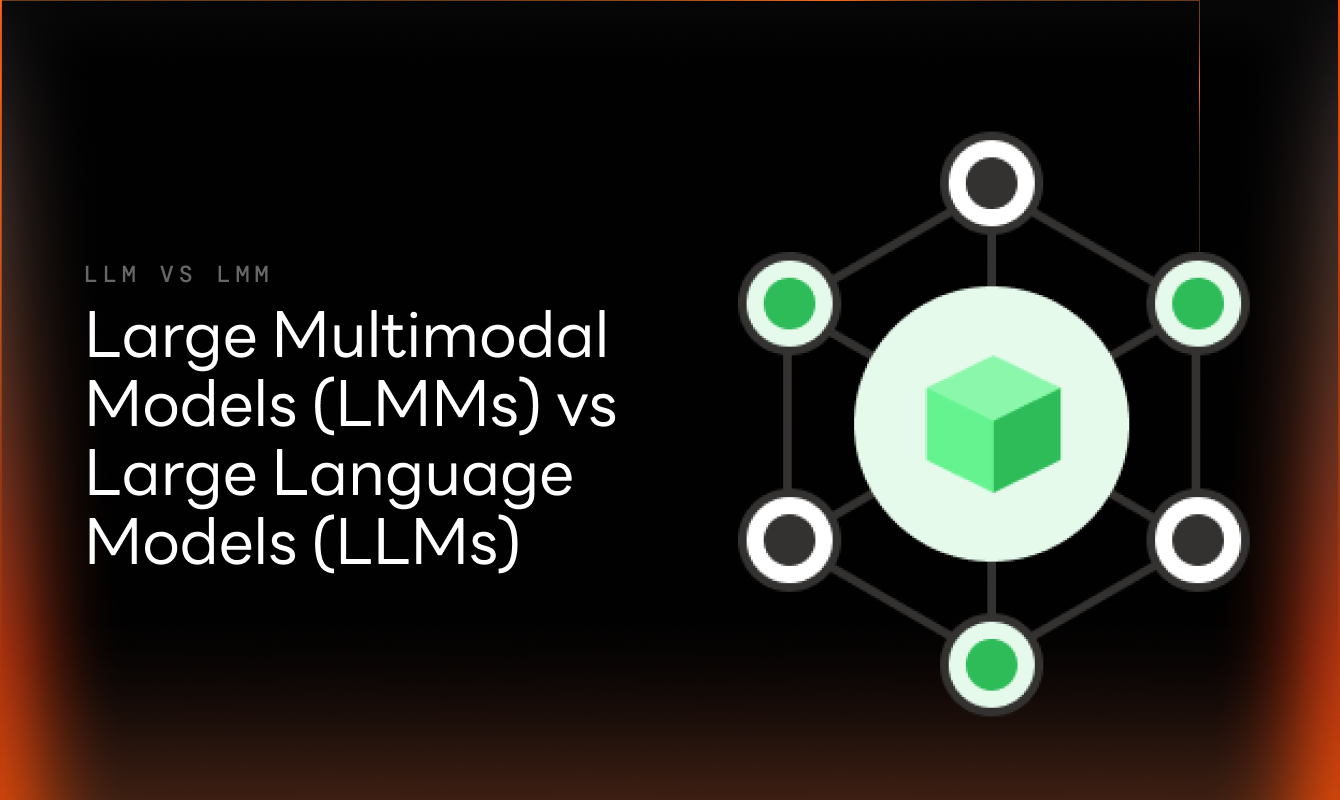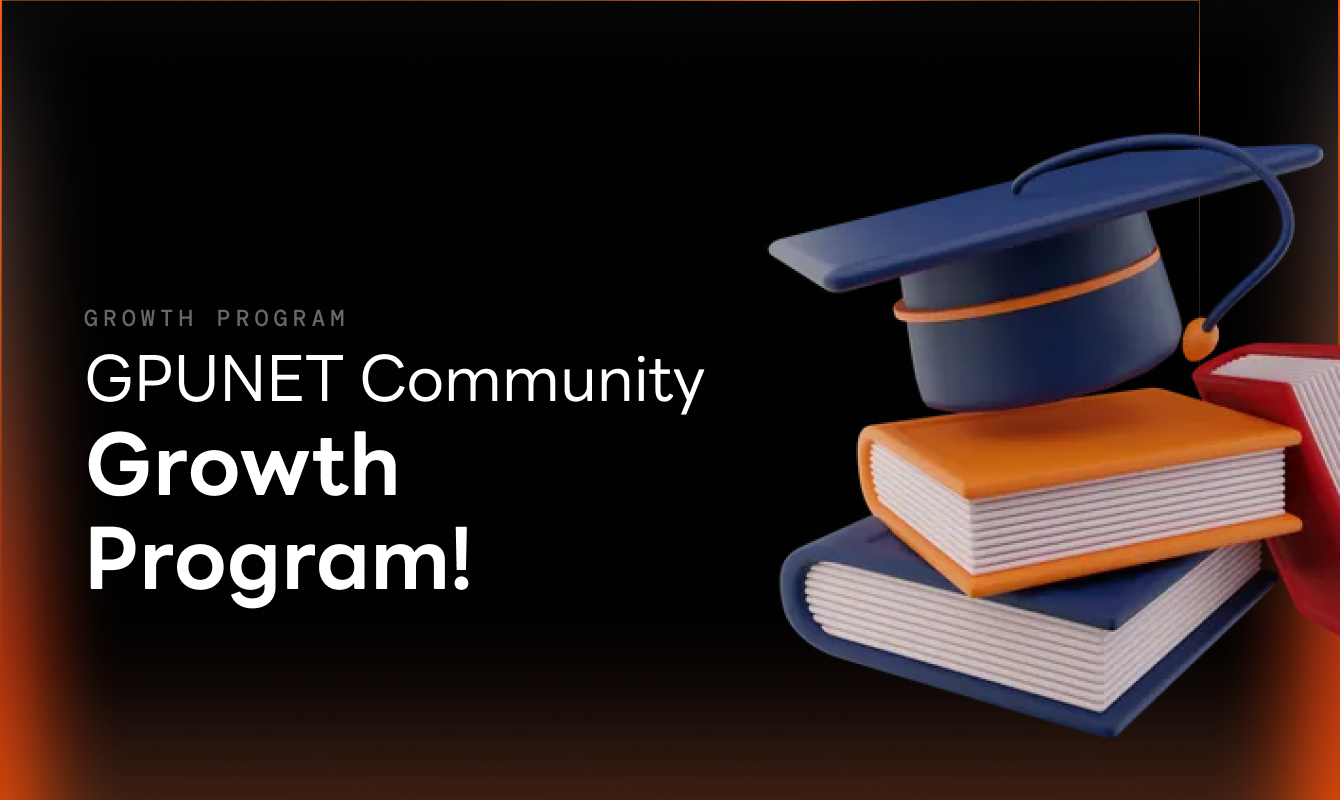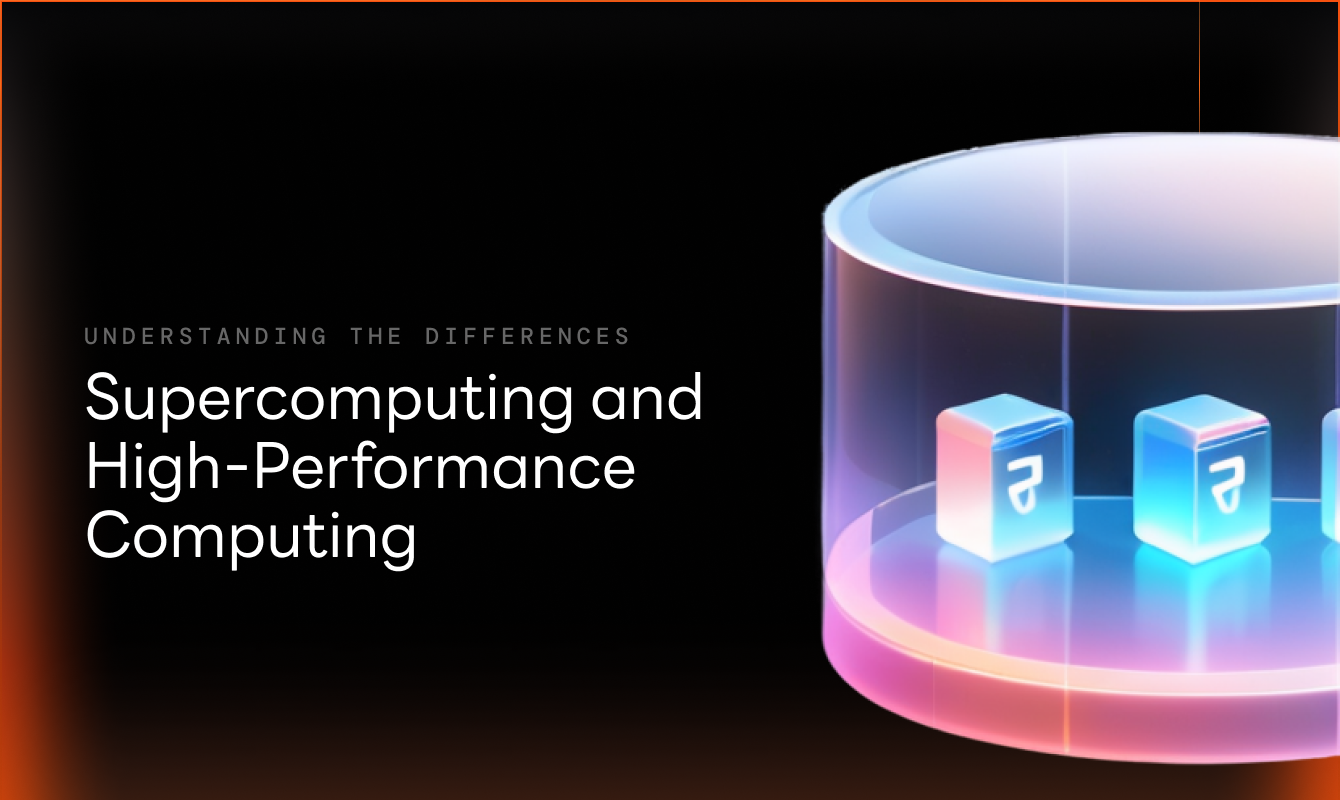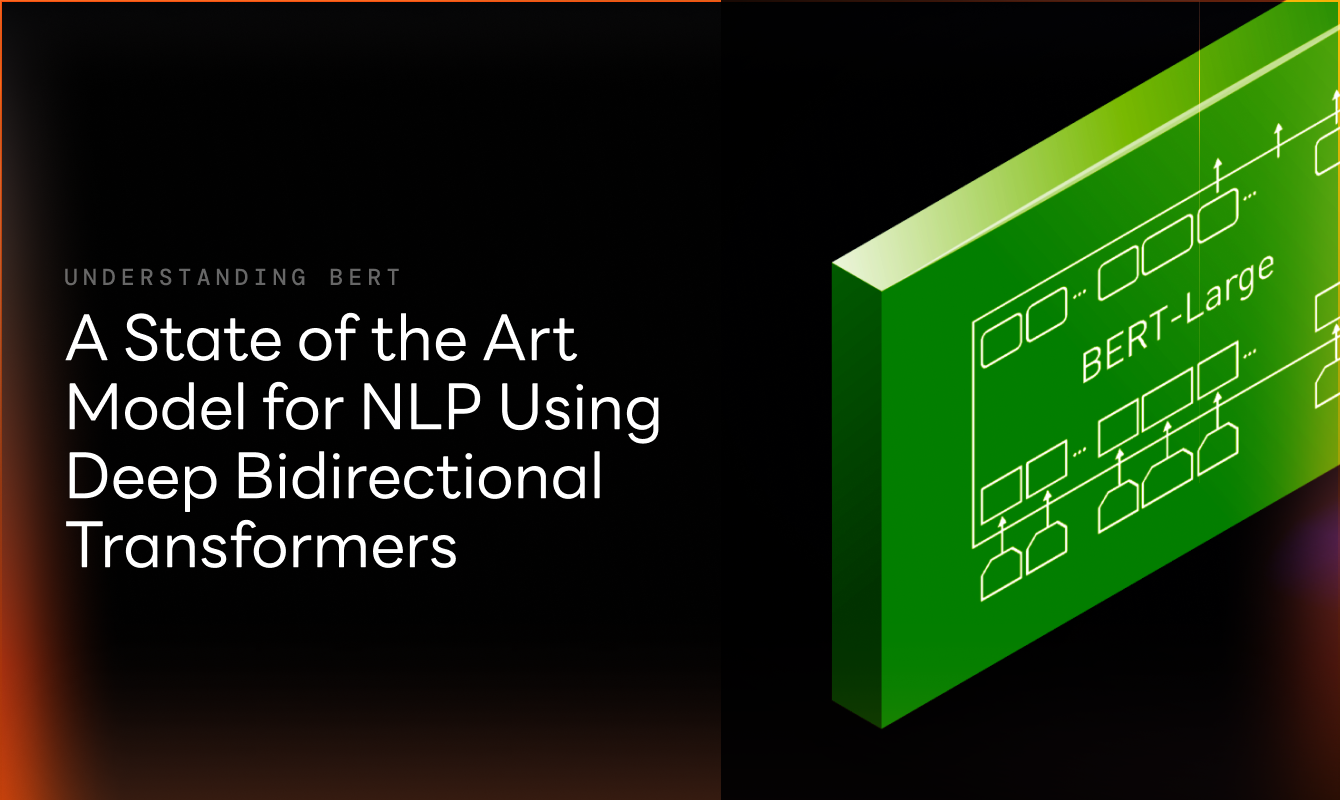
Understanding BERT: A State of the Art Model for NLP Using Deep Bidirectional Transformers
BERT recently got popular after its debut in 2018, courtesy of Google AI Language, short for Bidirectional Encoder Representations from Transformers. This new tool has become super important in the world of AI, especially for understanding human language. It’s like having a Swiss army knife for language related challenges, capable of handling tasks ranging from understanding sentiments in text to identifying important names and phrases.
Understanding BERT: A State of the Art Model for NLP Using Deep Bidirectional Transformers
BERT recently got popular after its debut in 2018, courtesy of Google AI Language, short for Bidirectional Encoder Representations from Transformers. This new tool has become super important in the world of AI, especially for understanding human language. It’s like having a Swiss army knife for language related challenges, capable of handling tasks ranging from understanding sentiments in text to identifying important names and phrases. It’s just like that….
Different language is tricky for computers because words can mean different things, sentences have specific rules, meanings change based on context there are sayings that aren’t literal, names are unique, sentences can change meaning with negatives, and understanding what’s implied can be complex. These things make it hard for computers to fully understand and use language like humans do
Before BERT came, computers struggled to grasp the complexities of human language. They could process words and sentences, but understanding the context and meaning behind them proved to be a major hurdle. Natural Language Processing (NLP) stepped in to bridge this gap, aiming to equip computers with the ability to interpret, analyze and derive insights from text and spoken words. Think of it as teaching a machine to understand and use language just like humans do.
As soon as BERT was first integrated with this field of NLP, it offered a unified solution for multiple language tasks. Instead of relying on separate models for different jobs, BERT can handle over 11 common tasks more effectively than its predecessors. This is akin to having a multitasking wizard in the digital world, capable of effortlessly switching between tasks like understanding customer feedback in reviews or extracting key information from news articles.
To illustrate its impact, imagine you have a pile of customer reviews that need analysis. Traditional methods might struggle with understanding subtle emotions or hidden meanings in the text. Enter BERT: it reads through the reviews, grasps the entire context of each sentence, and accurately determines whether the sentiment is positive or negative. It’s like having a language expert who can decipher the true meaning behind every word and phrase.
What does BERT actually do?
It’s like a super tool that can handle many different tasks with language:
- It can read reviews and quickly tell if they are positive or negative.
- BERT helps chatbots to answer your questions faster and more accurately.
- When you’re typing an email, it predicts what you might want to write next.
- With just a few sentences, BERT can create a whole article on any topic you choose.
- It’s great at summarizing long documents, saving you time and effort.
- BERT understands words that have different meanings depending on the situation.
What’s really interesting is that BERT and other language tools are part of your daily life:
- They help you translate languages on apps like Google Translate.
- Voice assistants like Siri and Alexa use these tools to understand and respond to your commands.
- When you search for something online, these tools help you find what you need faster.
- Even when you use voice commands in GPS systems, they use these tools to understand where you want to go.
Least known, but everybody at some point have utilized BERT functionality through interacting with NLP :)
Working concept of BERT
1. Transformer Architecture and Training Data
BERT is built upon Transformer architecture, a neural network architecture introduced in 2017. Transformers revolutionized NLP by allowing models to process words in relation to all other words in a sentence, rather than sequentially. This parallel processing capability is crucial for understanding context and dependencies within language.
BERT’s training is powered by an extensive dataset comprising 3.3 billion words. This dataset includes text from Wikipedia (2.5 billion words) and Google’s BooksCorpus (800 million words). Training on such a large and diverse dataset enables BERT to develop a deep understanding of language semantics, syntax, and pragmatics.
2. Masked Language Model (MLM)
One of BERT’s innovative features is its use of Masked Language Modeling (MLM). During training, BERT randomly masks (hides) 15% of the words in each input sentence and then attempts to predict the masked words based on the surrounding context. This bidirectional approach allows BERT to capture relationships between words in both directions, significantly improving its ability to understand and generate language.
MLM mirrors how humans fill in missing words based on context and background knowledge. For example, if you read a sentence like “The cat sat on the [MASK],” you can infer the missing word based on the context and your knowledge of common objects and actions.
3. Next Sentence Prediction (NSP)
In addition to MLM, BERT uses NSP to enhance its understanding of relationships between sentences. During training, BERT is presented with pairs of sentences and learns to predict whether the second sentence logically follows the first. This capability allows BERT to comprehend discourse and narrative flow, making it adept at tasks requiring understanding of context across multiple sentences.
For instance, in the pair “Paul went shopping. He bought a new shirt,” BERT learns that the second sentence is a logical continuation of the first, thereby understanding the sequential relationship between the two sentences.
Applications and Use Cases
Sentiment Analysis: BERT can analyze the sentiment of text, determining whether a review, comment, or article expresses positive, negative, or neutral sentiment with high accuracy.
Question Answering: It powers question-answering systems by comprehending the meaning behind questions and retrieving relevant information from large datasets or documents.
Text Generation: BERT can generate coherent and contextually relevant text, summaries, or responses based on minimal input, aiding in content creation and automated writing.
Summarization: It efficiently summarizes lengthy texts, extracting key information while preserving the core meaning and structure of the original content.
BERT’s advent marks a significant leap forward in how computers understand and interact with human language. BERT sets a benchmark for deep learning models in understanding and processing human language. It’s not just about processing words anymore, it’s about comprehending the nuances and complexities of communication. With BERT leading the charge, the future looks more certain with the ongoing advancements in natural language processing, where machines become more adept at understanding and responding to human language in meaningful ways.



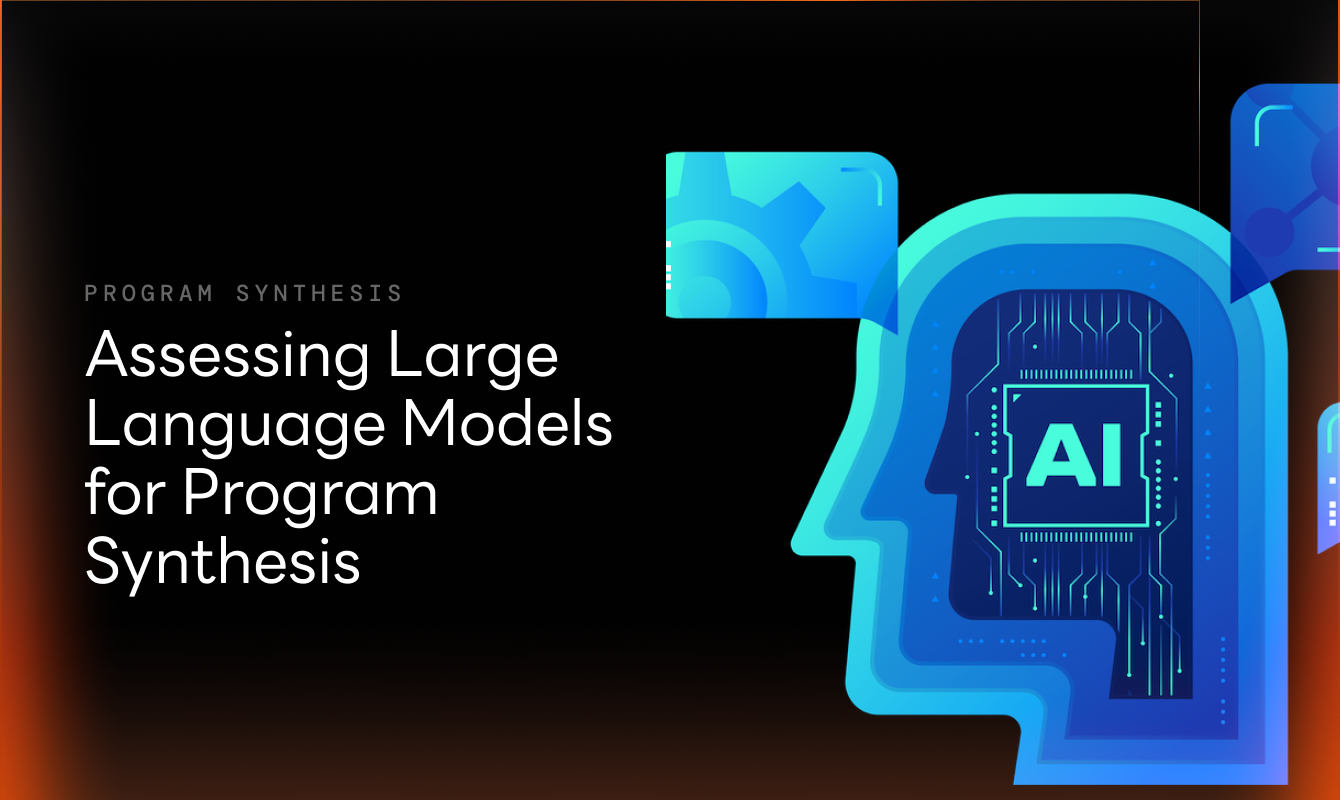


![GPUNET Verifiable Exchange: The Next Frontier for $GPU, Nodes and Ecosystem [TEASER]](https://i.ibb.co/Z1JWjN7r/Article-Cover.png)







